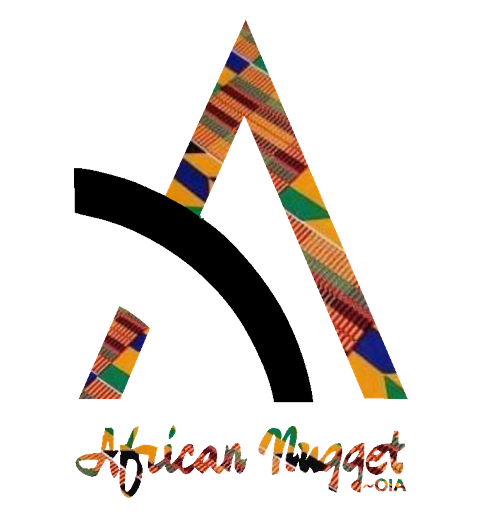The Genocide of the Taíno and Arawak Peoples in Haiti: A Hidden History of Extermination
In the year 1492, history records the arrival of Christopher Columbus to the island that today encompasses the nations of Haiti and the Dominican Republic. To Europeans, this marked the dawn of a “New World.” But for the indigenous peoples who had called the island home for generations the Taíno and Arawak it signaled the beginning of a catastrophic nightmare.
The Taíno and Arawak were not primitive tribes as early European narratives often claimed. These were well-organized societies with complex political systems, spiritual beliefs, and deep agricultural knowledge. Their communities thrived on cooperation, sustainable living, and a connection to the land that shaped every part of their identity. They cultivated crops like cassava, sweet potatoes, maize, and tobacco, and maintained a strong cultural heritage of storytelling, music, and ceremonial dance.
When Columbus and his men first arrived, they were met not with hostility, but with generosity. The indigenous people offered food, shelter, and guidance, hoping perhaps that these strangers could be allies or guests. Instead, their kindness was repaid with cruelty.

The Spanish colonizers quickly enslaved the local populations, forcing men, women, and even children to labor under brutal conditions in search of gold a resource the island held in modest amounts. Those who resisted were mutilated, tortured, or killed. Entire villages were burned or abandoned as the violence spread. On top of the violence came waves of diseases like smallpox and influenza diseases the indigenous population had never encountered before and had no immunity against.
Within just a few decades, the consequences were horrifying. Scholars estimate that the indigenous population declined by 80 to 90 percent. From hundreds of thousands, possibly over a million, to mere thousands entire cultures nearly erased from the face of the earth.
This was not an unfortunate side-effect of “civilization,” nor was it an accidental consequence of contact. The deliberate and systemic nature of the killings, forced labor, sexual violence, and cultural destruction fits the very definition of genocide. The aim was clear: to strip the land of its resources, no matter the human cost. The destruction of the Taíno and Arawak peoples was not a step toward progress it was a campaign of extermination.
Today, the legacy of these peoples still lingers in the names of places, fragments of language, and in the bloodlines of Caribbean descendants. But the true scale of what happened is often overlooked in history books. While Columbus is remembered in many places with statues and holidays, the voices of the Taíno and Arawak are rarely heard.
It is crucial that we remember this dark chapter not as a footnote in colonial history, but as a testimony to the resilience of indigenous cultures, and a call to recognize the truth: that what occurred in Haiti after 1492 was not the birth of a new world, but the end of one.
Written By: Omotade Kehinde Samson

















